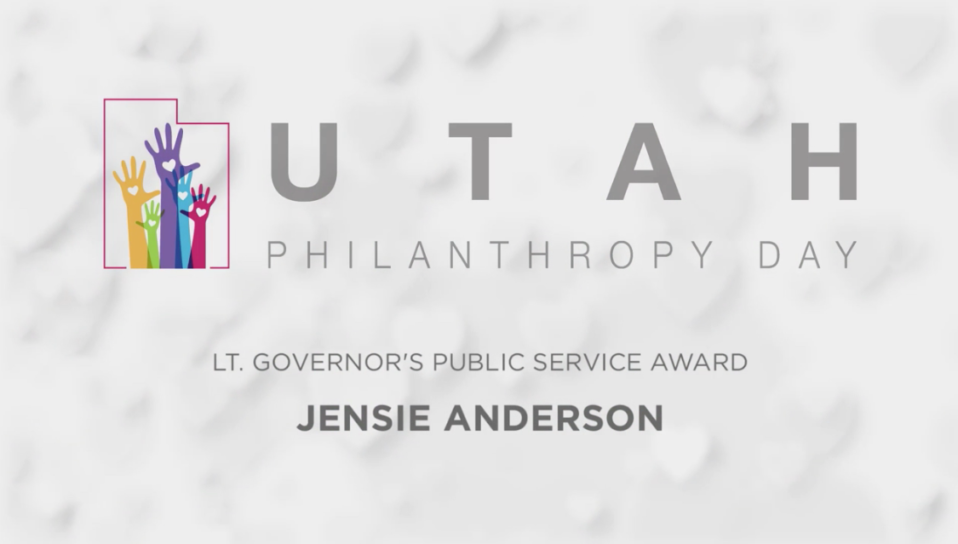What Is DNA?
DNA is deoxyribonucleic acid is a compound consisting of a sugar-phosphate backbone and a nitrogenous base, together this is called a nucleotide. There are 4 nitrogenous bases that make up all human DNA: Thymine, Adenine, Guanine, and Cytosine, but their arrangement and order on DNA is specific to the individual. Nucleotides with Adenine and thymine nitrogenous bases pair together while nucleotides with Guanine and Cytosine bond. What is produced by these pairings is 2 strands of nucleotides bound together by bonds between the nitrogenous bases. Properties of DNA cause it to supercoil into tightly wound chromosomes. Humans usually have 46, and one of those pairs is called a sex chromosome.
Based on these characteristics, scientists can develop a DNA profile that is unique to a person.
All of our chromosomes have a unique combination of nucleotides (with a unique order of nitrogenous bases). These nucleotides, when grouped together can code for traits. Everyone’s DNA is made from a combination of DNA given from their mother and father. Therefore DNA profiles are extremely specific to the person, they can tell us about the traits that that person possesses, and they can be compared to the paternal and maternal DNA. By comparing the similarities between an individual’s DNA to the DNA found in a crime scene, forensic scientists can help the investigators place a suspect at a crime scene.
Innovation in Forensic Science
The field of forensic sciences has experienced substantial change over recent years, rendering old these methods of biological analysis obsolete:
- Bite Mark Evidence: The skin itself is very elastic and dynamic. For this reason, it is highly unreliable as evidence to convict someone. In contrast, a person’s DNA profile remains largely the same throughout their lifetime.
- Fire Evidence: Many people have been convicted for arson based on faulty evidence gathered by expert ‘witnesses’. However, until 1992 there were no regulations and procedures for fire investigation. Many people suffered wrongful convictions due to the underdevelopment of this method of forensic investigation. The National Fire Protection Association was formed in 1992 that began to regulate to ensure that fires were investigated with a scientific approach. Though significant improvements have been made, fire analysis error rates are still unclear.
- ABO analysis: ABO testing is a way of testing blood and comparing the blood groups of individuals. In the forensic sciences, it can be used to place a suspect at the scene of the crime if their blood group is the same as that found. However, this method is error-prone since many people share the same blood groups.
CODIS
The new DNA testing technology has produced large databases of DNA codes from thousands of individuals, the National DNA Index System (NDIS). The NDIS contains DNA profiles contributed to the database by federal, state, and local forensic laboratories. The DNA profiles of individuals in the database can be compared to the DNA discovered at the crime scene using software CODIS, the Combined DNA Index System, in collaboration with the FBI.
Forensic Genealogy
Since family members share DNA, databases can be used to identify a criminal through their family members. CODIS can be one way to match individuals based on DNA profiles, however it is limited; CODIS profiles are only accessible with cooperation from law enforcement. Another method that investigators can use is using companies such as 23andMe, Ancestry DNA, and MyHeritage DNA. When users send their DNA for testing, a DNA profile is created. From there, users can upload their DNA profiles to GEDmatch to discover familial relations. Law enforcement can use this by taking a sample of DNA from a crime scene, obtaining a DNA profile, uploading that profile to GEDmatch and then locating a possible suspect through their familial relations.

